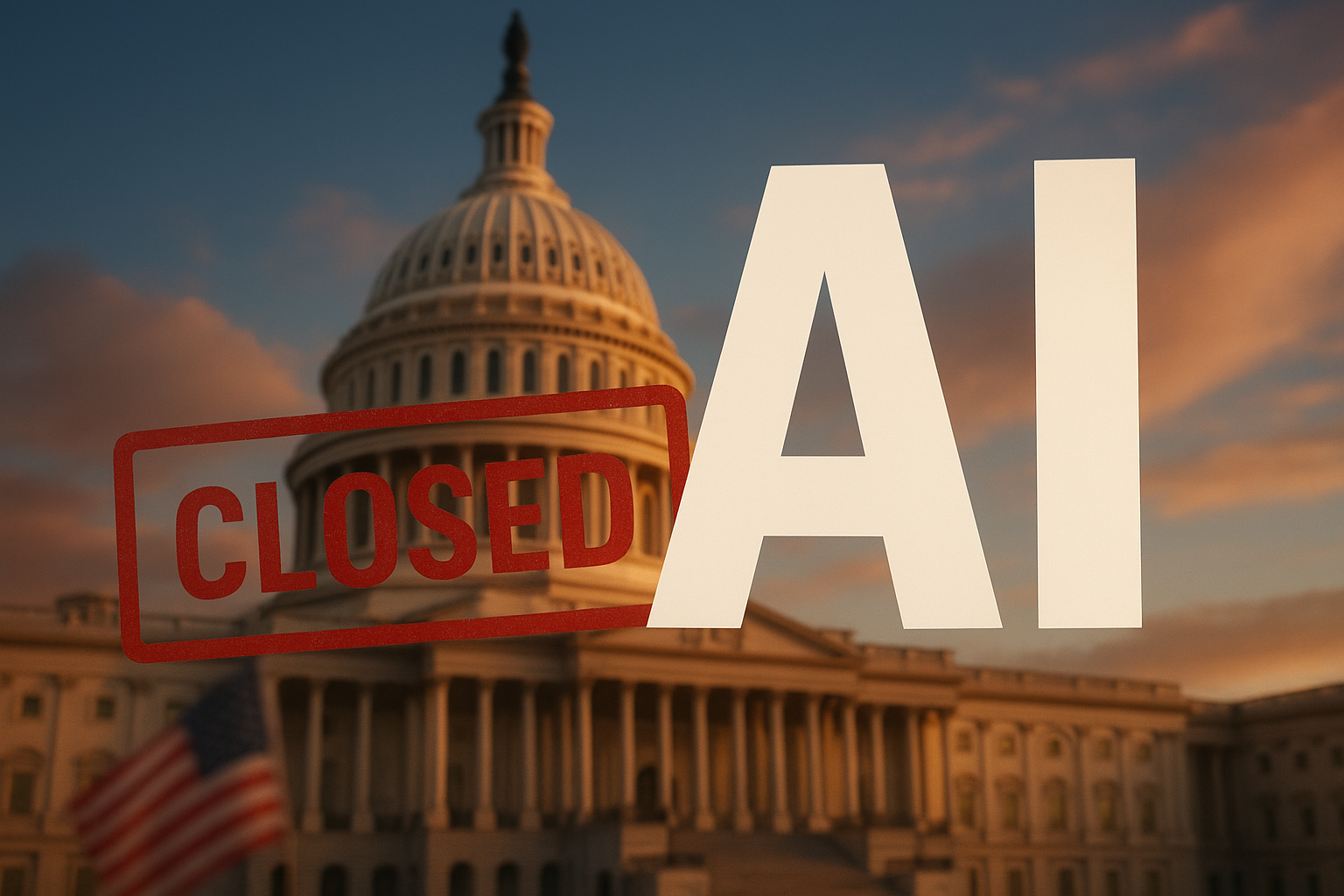The U.S. Securities and Exchange Commission (SEC) has set the crypto world abuzz with a landmark regulatory shift that could fast-track the approval process for spot cryptocurrency exchange-traded funds (ETFs). Investors, asset managers, and market watchers alike are zeroing in on what this could mean for capital flows into digital assets—and whether the new rules mark a turning point for mainstream adoption.
A Watershed Moment for Crypto Regulation
In a move announced this week, the SEC approved new generic listing standards that slash the timeline for spot crypto ETF approvals from an average of 270 days to just 75 days (Reuters). The change is already sparking a wave of new filings from asset managers eager to capitalize on heightened investor demand for regulated crypto products.
Unlike futures-based ETFs, which have seen mixed success, the focus now is on spot ETFs tied directly to digital assets like Bitcoin, Ethereum, XRP, and Solana. Analysts suggest this streamlining could accelerate institutional inflows, which until now have been constrained by lengthy and uncertain approval processes.
Why This Matters for Investors
For years, the lack of regulatory clarity has been one of the biggest barriers keeping institutional investors on the sidelines of crypto. With the SEC’s new framework, that obstacle may finally be breaking down.
- Institutional Capital Inflows: By reducing red tape, the SEC has effectively opened the door for a surge in ETF products that could channel billions of dollars into digital assets. According to Bloomberg Intelligence, U.S. crypto ETFs could attract $30–50 billion in assets within the first year if approvals accelerate.
- Market Legitimization: ETFs offer a safer and more familiar vehicle for investors wary of direct crypto custody. This could expand the investor base beyond crypto-native participants to pension funds, asset managers, and retail brokerage accounts.
- Altcoin Exposure: While Bitcoin and Ethereum are expected to dominate, new filings for multi-coin products suggest asset managers are betting on diversified demand. Still, liquidity and volatility risks remain high in non-BTC/ETH assets.
Future Trends to Watch
The streamlined approval process is not without caveats. Investors should closely monitor the following dynamics:
- First-Mover Advantage: Asset managers who win early approvals—potentially BlackRock, Fidelity, or other established players—are likely to dominate initial flows.
- Altcoin Risk: ETFs tied to XRP, Solana, and other tokens face liquidity and volatility risks that could test investor appetite. As CoinDesk noted, even minor market shocks in smaller-cap tokens can amplify ETF price swings.
- Global Ripple Effects: Other jurisdictions, from Europe to Asia, may follow the U.S. lead by revising their own ETF approval frameworks. This could further globalize demand and expand cross-border liquidity.
- Regulatory Oversight: Faster approvals don’t eliminate oversight. The SEC is expected to enforce strict disclosure, custody, and compliance requirements, potentially raising operating costs for issuers.
Key Investment Insight
For investors, this development signals a critical inflection point. If ETFs unlock significant institutional flows, blue-chip crypto assets like Bitcoin and Ethereum could see renewed upside momentum, supported by stronger liquidity and reduced counterparty risk. However, caution is warranted with altcoin ETFs, which may struggle to generate sustained demand.
A prudent strategy may involve watching the first wave of approvals and tracking trading volumes closely in the initial months. Products that demonstrate healthy liquidity and consistent demand could provide a safer entry point into this new investment vehicle.
SEC Overhaul to Spark Crypto ETF Boom
The SEC’s move to accelerate spot crypto ETF approvals has the potential to reshape the digital asset landscape, paving the way for broader adoption and significant institutional capital inflows. While opportunities are clear, investors must also weigh risks tied to altcoin liquidity and potential market overcrowding.
Stay tuned with MoneyNews.Today for daily insights into how regulatory shifts, market dynamics, and institutional moves are reshaping the future of investing.





